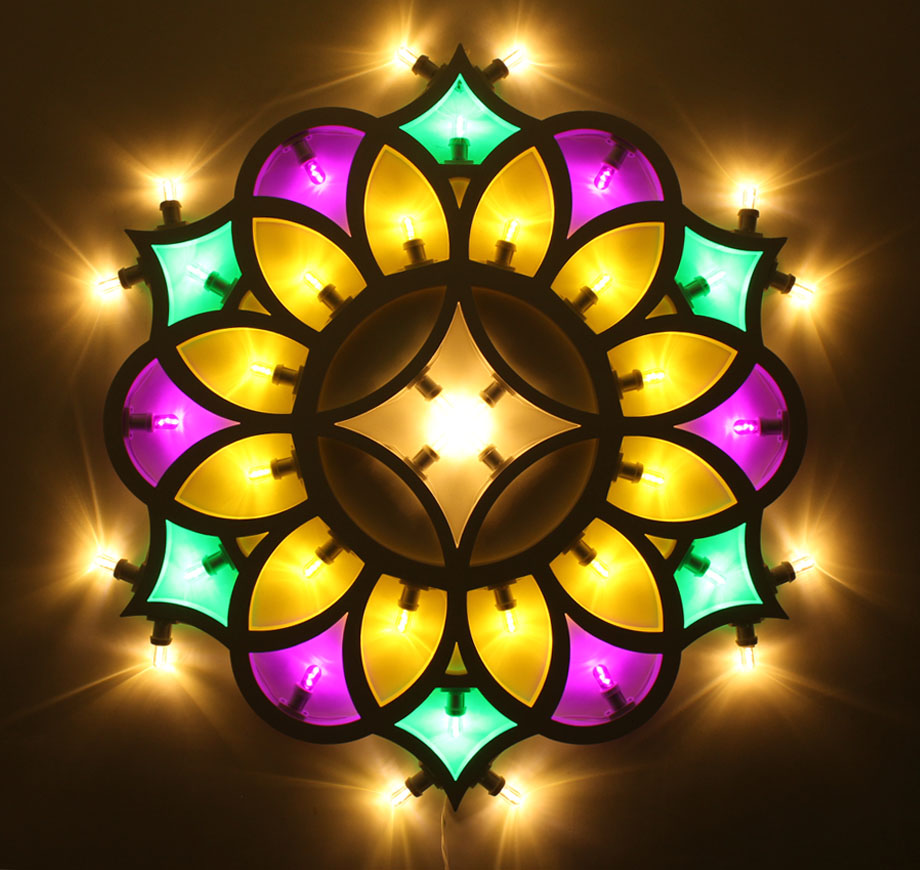Let there be Light
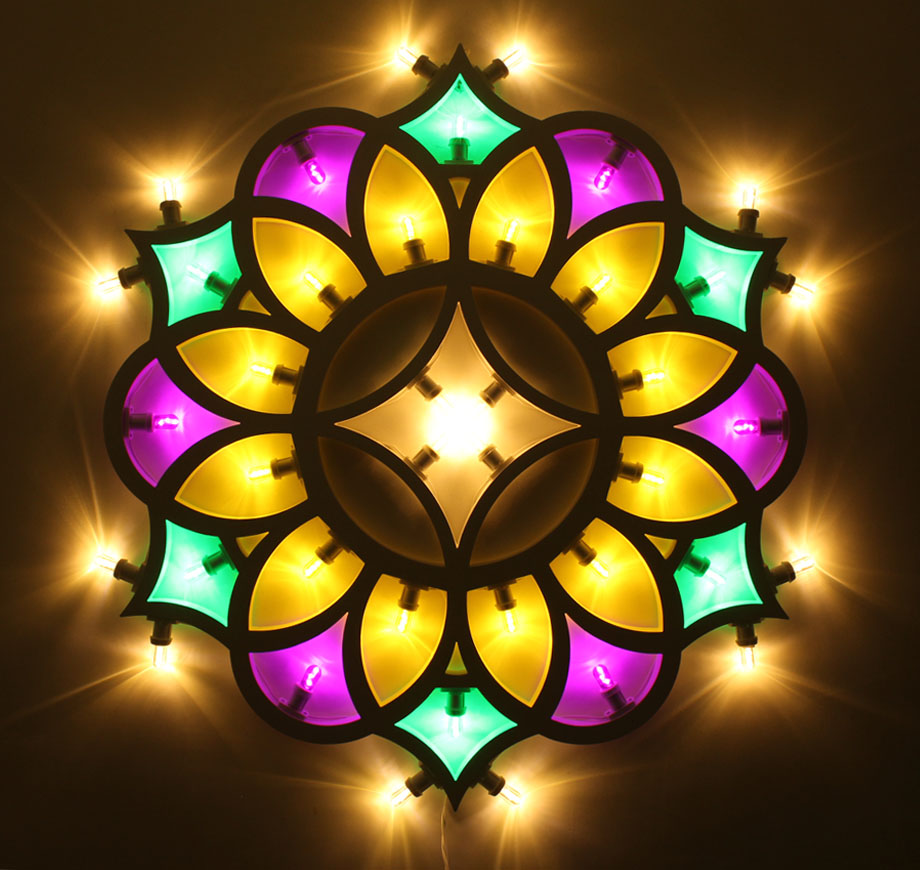
The Story of the Luminarie
Let there be Light
By Antonia Fest
October 01, 2024
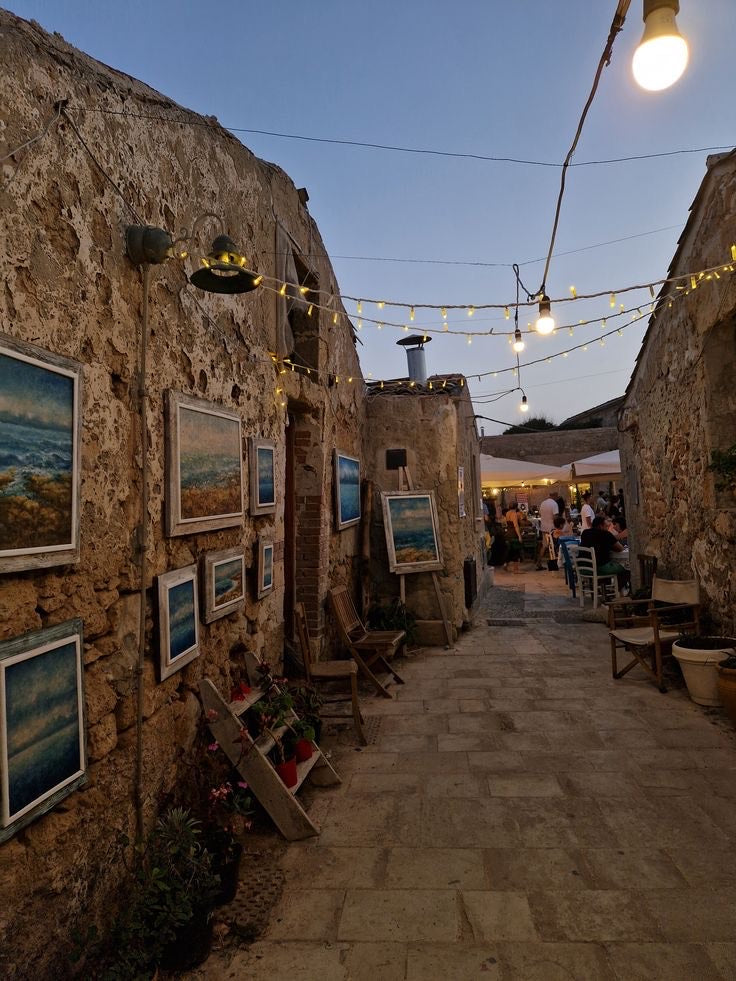
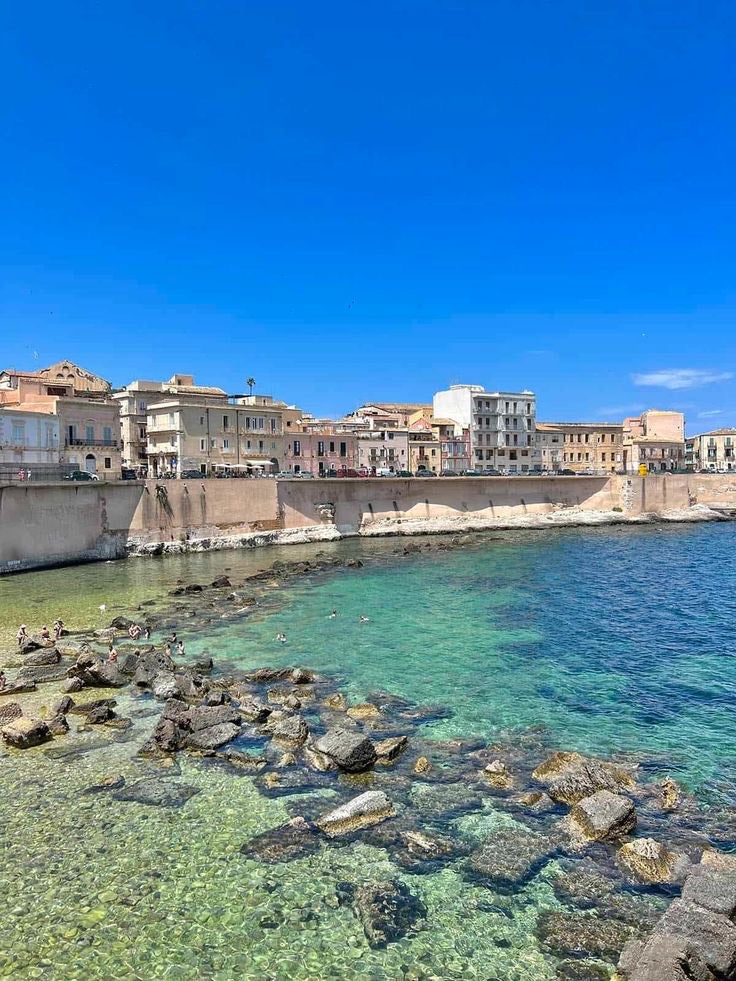
In June 2022, Dolce and Gabbana took over south-east Sicily. The towns of Ortigia and
Marzamemi became open air ca twalks to showcase the fashion house’s 10th ‘Alta Moda’ collection. Inspired by the Sicilian woman, the clothes were designed around the varied historic influences which the island has undergone. To bring this to life, both towns were given a makeover and in Marzamemi this took the form of colourful structured ‘fairy lights’ known in Italian as ‘Luminarie.’ The entire main piazza was adorned in them and illuminated to such an extent that surely this little seaside village was visible from space. It was a dazzling sight and felt like a celebration of southern Italian small-town culture, exaggerated and modified to suit a haute-couture aesthetic. Whilst Dolce and Gabbana’s event was all about glorifying the Sicilian identity, the luminarie originate from elsewhere. At the end of the 19th century, in the heart of rural Puglia, the streets of the sleepy village, Scorrano were suddenly floodlit with intricate and decorative electric lights.
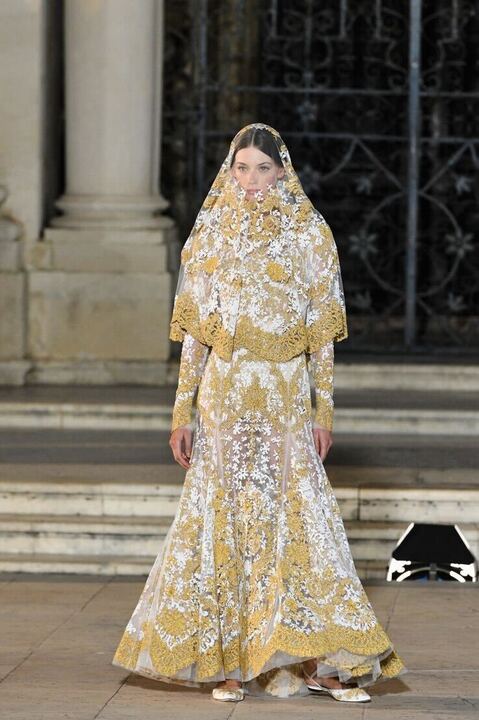
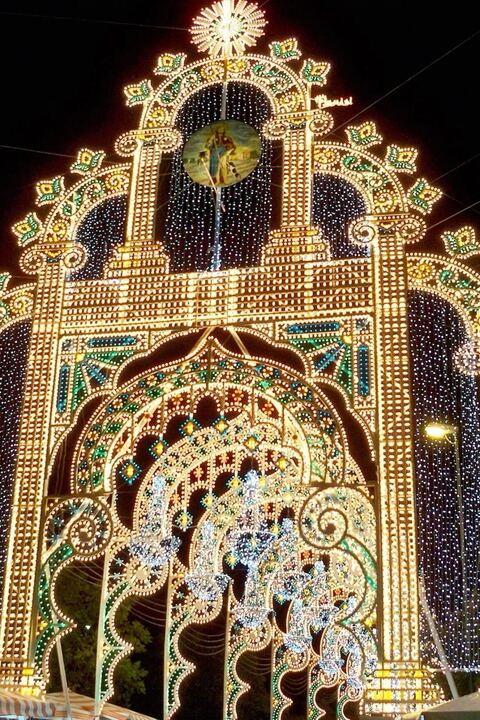
Deriving from the Latin, ‘lumen’ meaning ‘object that spreads light,’the luminarie are so much
more than a functional tool. In the Renaissance and Medieval ages, they took the form of oil
lamps wrapped in colourful papier- mâché and were used to decorate church facades and public spaces during periods of mass celebration or devotion. Whilst the Luminarie’s history
dates back hundreds of years, it was only at the turn of last century where the invention of the lightbulb accelerated a boom in its civic value. Beginning in Scorano but soon spreading through other towns in southern Puglia, important religious festivals were often commemorated with public light displays which were hung in and around the main hubs. Ornate wooden structures were carved in varying shapes by local carpenters before they were passed on to the electrician, a newly created figure among local communities at the time. The collaboration between the
artisan and the technician yielded the production for sculptures of light, which have continued to evolve with developing technology. Now, the luminarie are so beloved that a yearly light festival transforms the usually tranquil streets of Scorrano into a veritable visual feast.
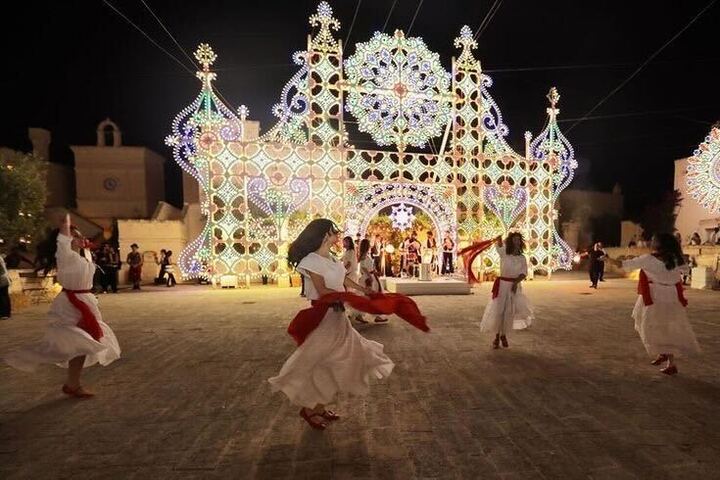

If you find yourself in Scorrano between 4th and 7th July, you will experience a completely
different side of it compared to the remaining 362 days of the year. The summer festivities are to honour the town’s patron saint, Santa Domenica, whose own tale relates to lights. Local legend dictates that during a plague that scoured through southern Puglia, Santa Domenica appeared
to an elderly lady of Scorrano. She promised to heal the entire town from the deadly epidemic
as long as if, in return, the citizens would light a candle outside their window as a symbol of their gratitude. As Domenica saved life after life, the town was brightened with light after light. Now, year after year, the people of Scorrano commemorate the story with their luminarie. This has
developed into an occasion for putting on a light show that goes well beyond a run-of-the-mill holy ceremony. An LED explosion flashes through the Piazza Duomo, timed to dramatic music and never missing a beat. The whole square sparkles in 40-metre-high technicolour as
thousands of lightbulbs harmonise into one cohesive luminaria. At the climax of the event, even fireworks are let off to complement the spectacle. These ‘ephemeral architectures’ have
become an international sensation drawing visitors from around the world, but the sense of community, tradition and religion remain at the core.
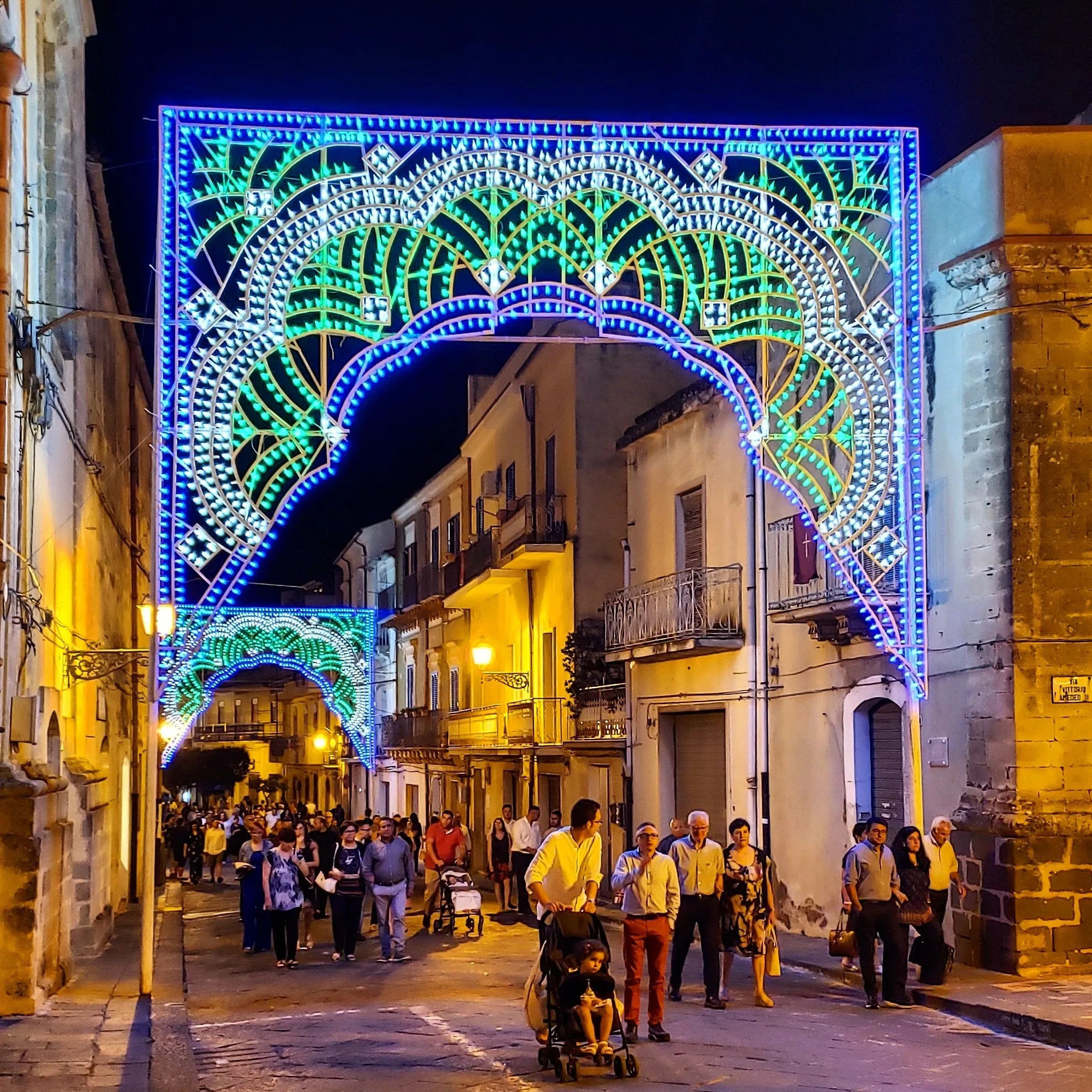
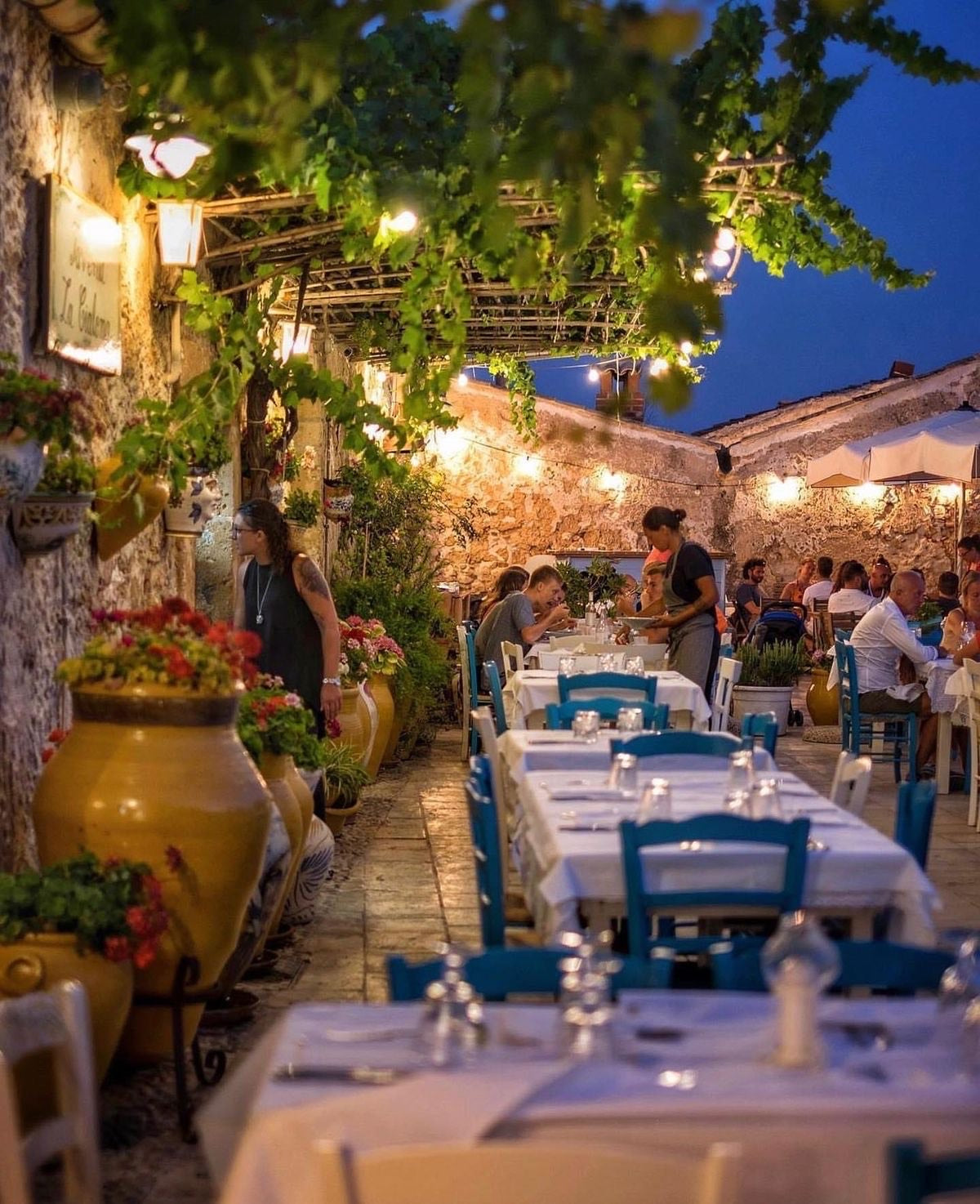
The Luminarie needn’t only serve to paint the town red, yellow, orange and every other hue.
Nowadays, they are also considered forms of decorative art, and it is not uncommon for private homes in Puglia and beyond to have a simpler form illuminating their walls. The increased demand has paved the way for entire companies who specialise in the intricate production of luminarie. Among the most famous is Mariano Light which was established in 1898 and has
therefore grown directly alongside the technical advancements of the 20th century. Their work
has brought them international projects ranging from the decoration of famous shopping malls around the world to brightening high fashion events. Indeed, when Dolce and Gabbana took
their ‘Alta Moda’ show to Puglia, it was Mariano Light that ignited the town of Alberobello during
the iconic catwalk show.
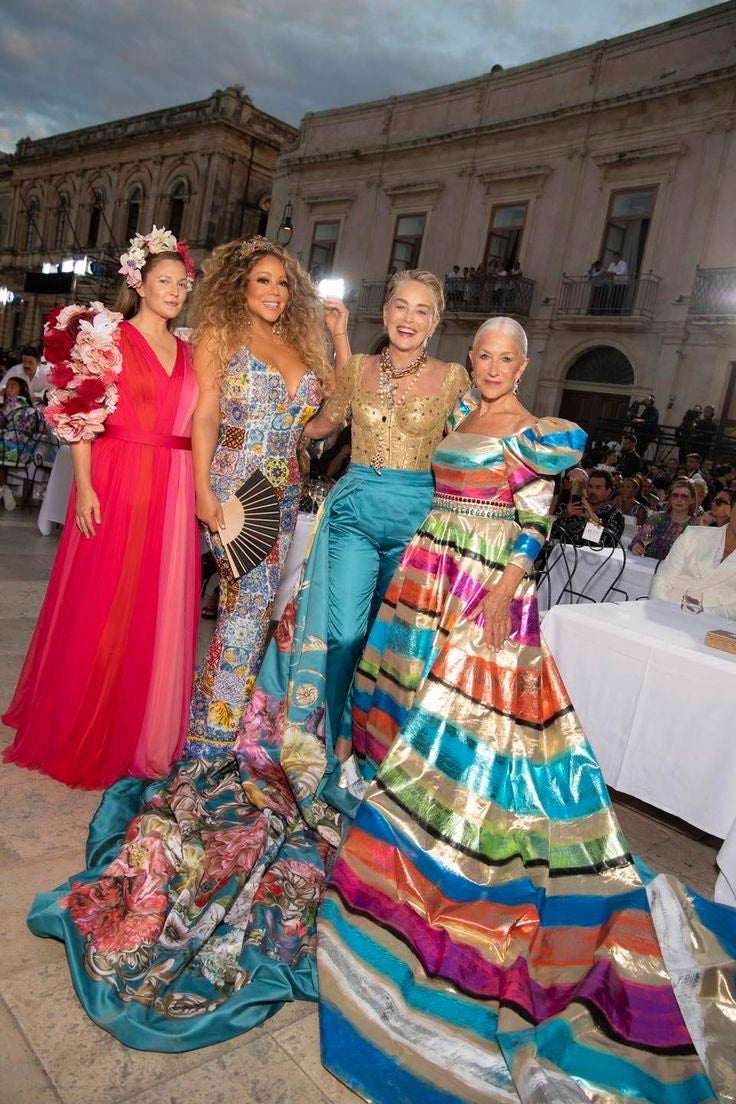
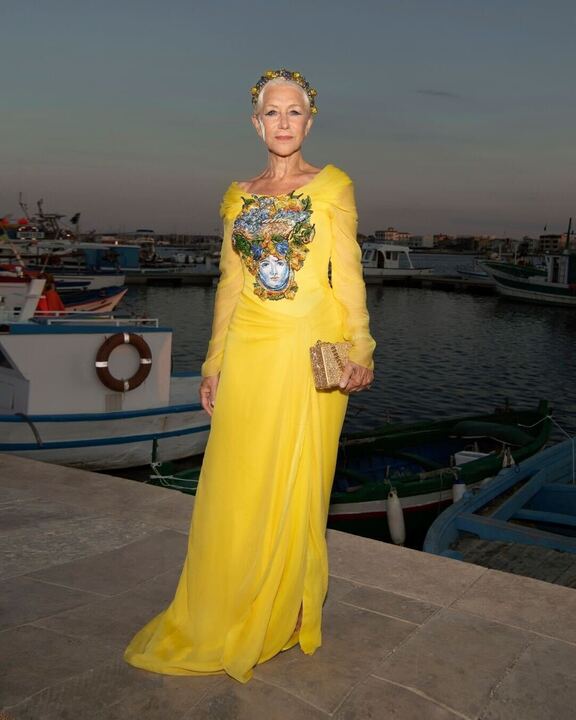
Whether blazing through public spaces or glittering in a cosy living room, the ‘luminarie’ spark
joy and a sense of place. Their origins are humble and contained but their influence has flourished and enchanted internationally. As the world has advanced, so have these sculptures of light from the little town in southern Italy. The luminarie build a well-lit bridge between the past and the present. Whilst they remain a proudly Puglian invention, they also shed light upon Scorrano’s culture and tradition to the rest of the world.
